Located in the middle of the Atlantic Ocean, the Azores have botanical gardens, crater lakes, natural thermal pools, caves, and Atlantic Ocean viewpoints. The archipelago offers landscapes shaped by volcanic activity, with hot springs, waterfalls, tea plantations, and UNESCO-listed vineyards. Beyond these natural features, the archipelago also provides interesting historical buildings to visit.
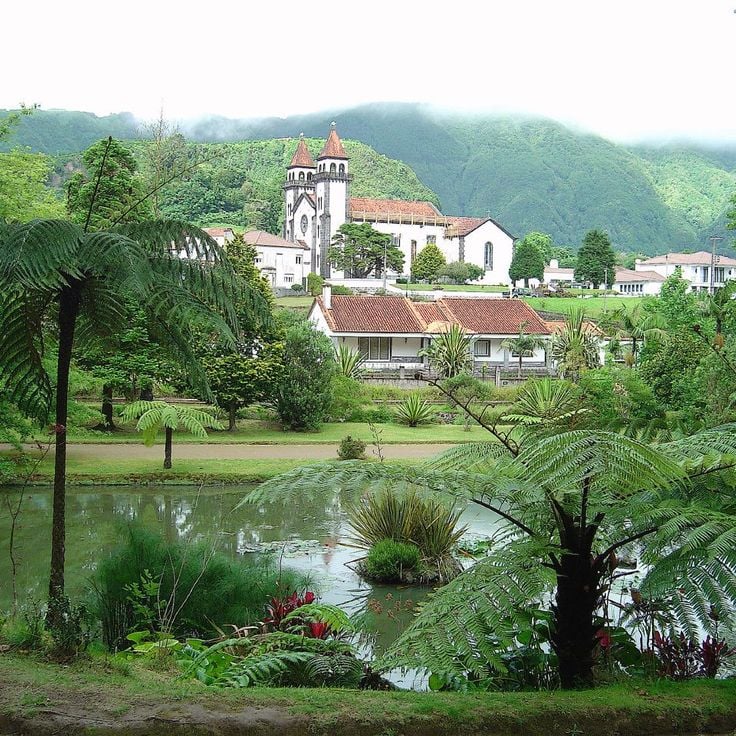
Furnas, São Miguel, Azores
18th-century botanical garden with geothermal hot water pools, tree-lined paths, endemic species, and a camellias collection.

São Miguel, Azores
Volcanic lake located at the center of the island at 575 meters altitude. The shores feature white sand beaches and protected native vegetation.
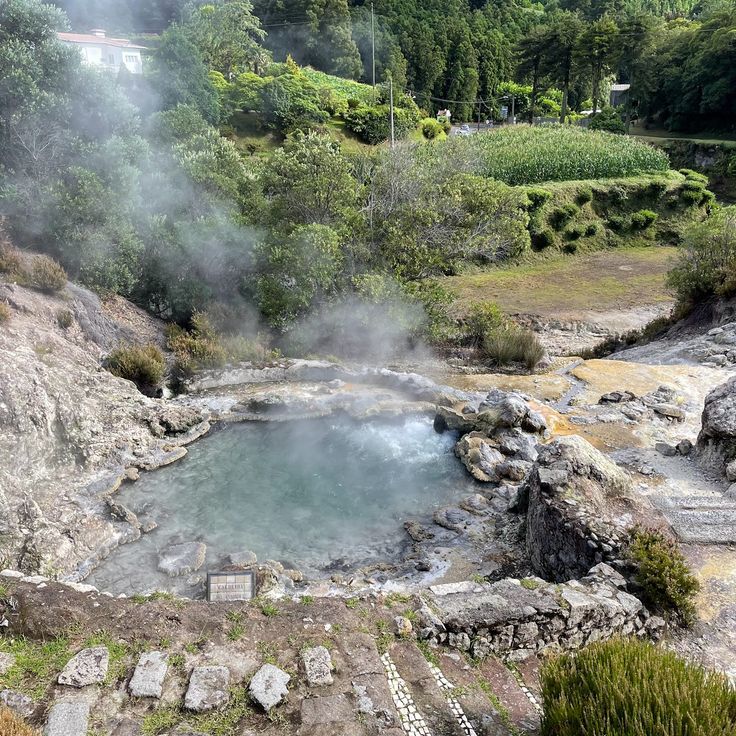
Furnas, São Miguel, Azores
Volcanic valley filled with mineral springs and fumaroles. Locals cook 'cozido' in ground holes using natural heat.
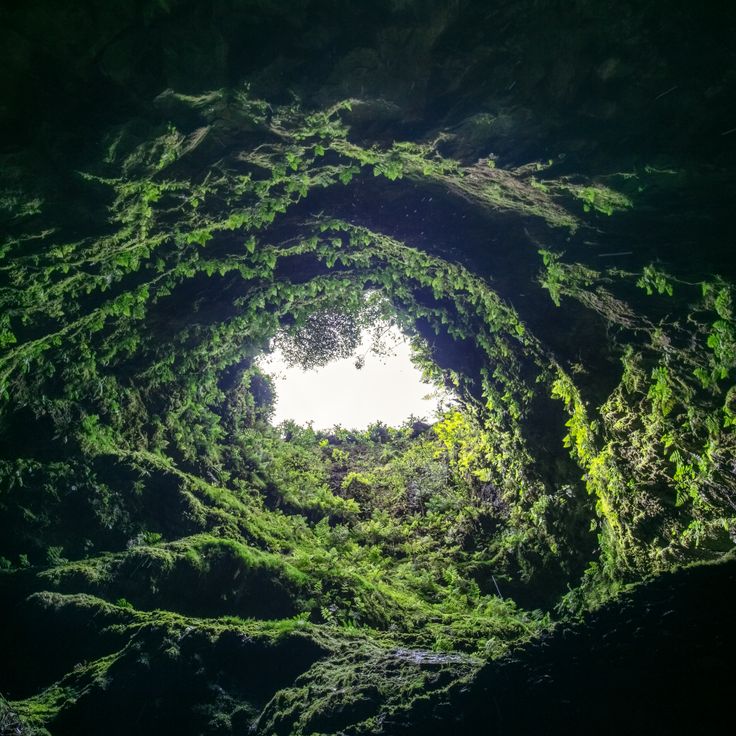
Terceira, Azores
Ancient volcanic vent carved into rock 90 meters deep. Walls show geological layers of various colors, silica formations, and an underground lake.
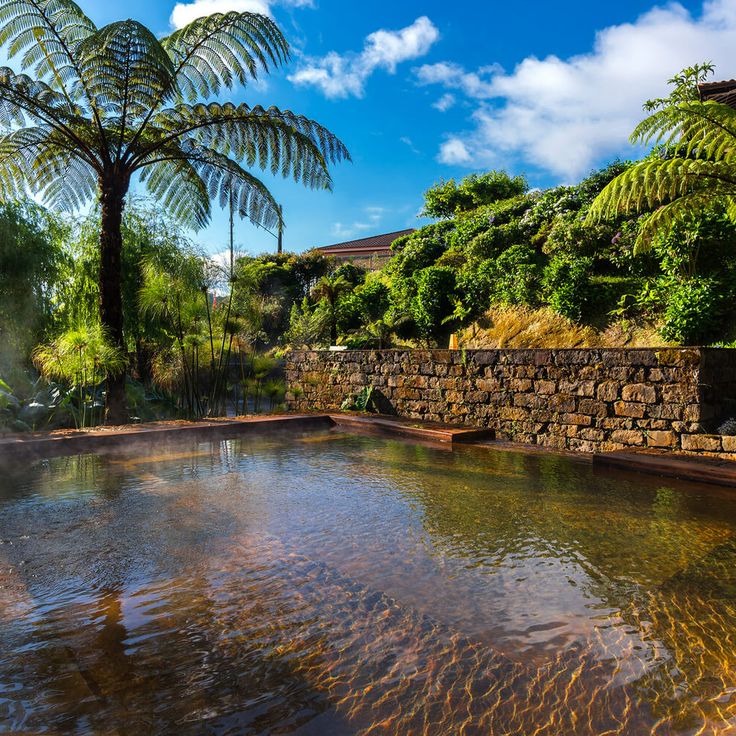
Furnas, São Miguel, Azores
Five outdoor thermal pools fed by natural iron-rich springs. Water reaches a temperature of 39 degrees Celsius.

São Miguel, Azores
Observation point situated on a mountain ridge at 1000 meters elevation. Visitors can view Sete Cidades lake and nearby volcanic craters.
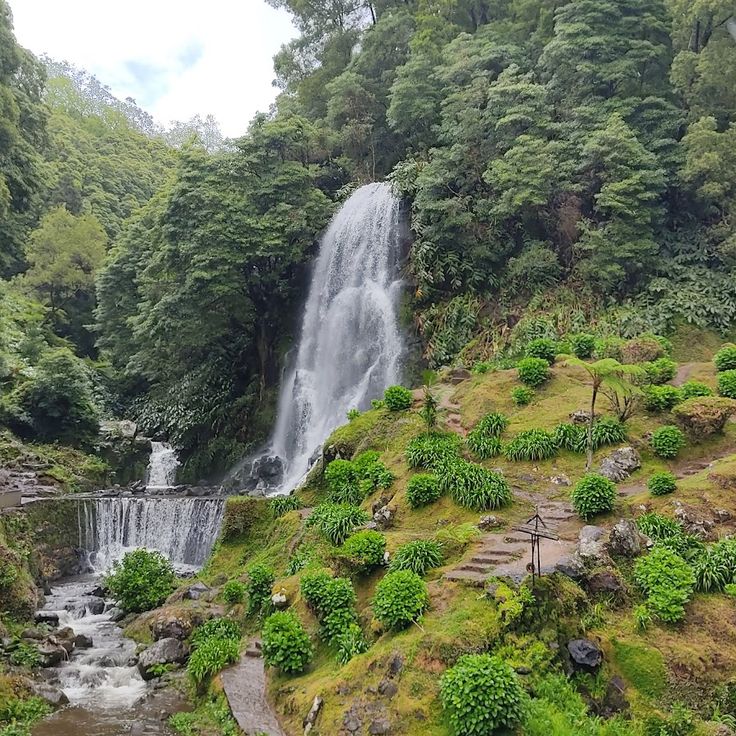
São Miguel, Azores
Natural area crossed by a river with five restored 19th-century watermills and a 40 meters high waterfall.
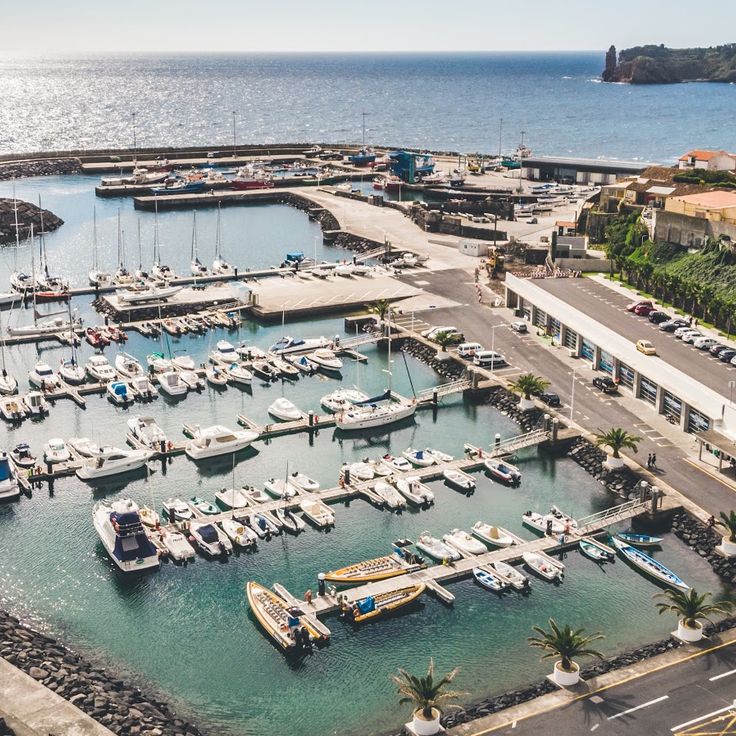
São Miguel, Azores
Submerged volcanic crater forming a natural lagoon in the Atlantic Ocean, accessible by boat from São Miguel's coast.
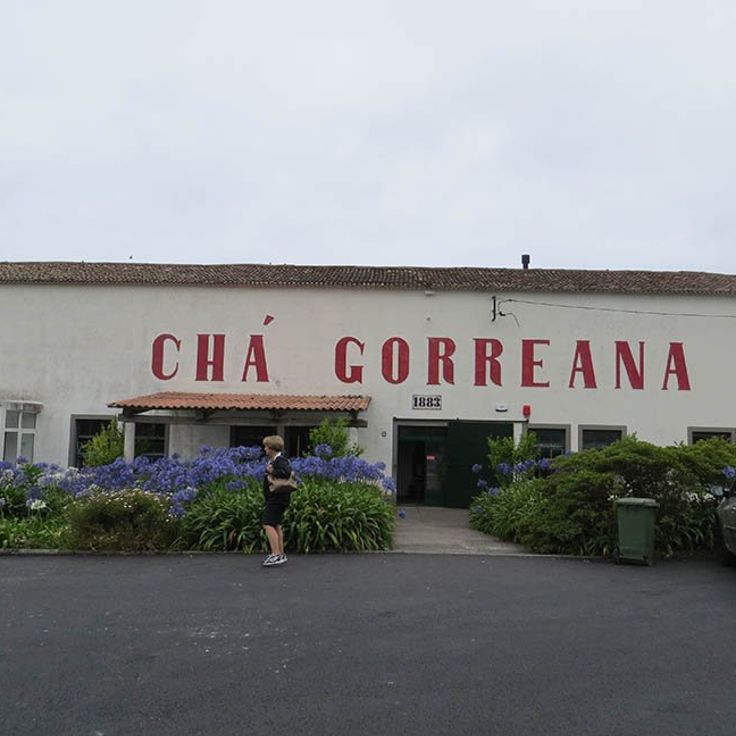
São Miguel, Azores
Tea factory operating since 1883, featuring late 19th-century machines and terrace plantations overlooking the Atlantic Ocean.
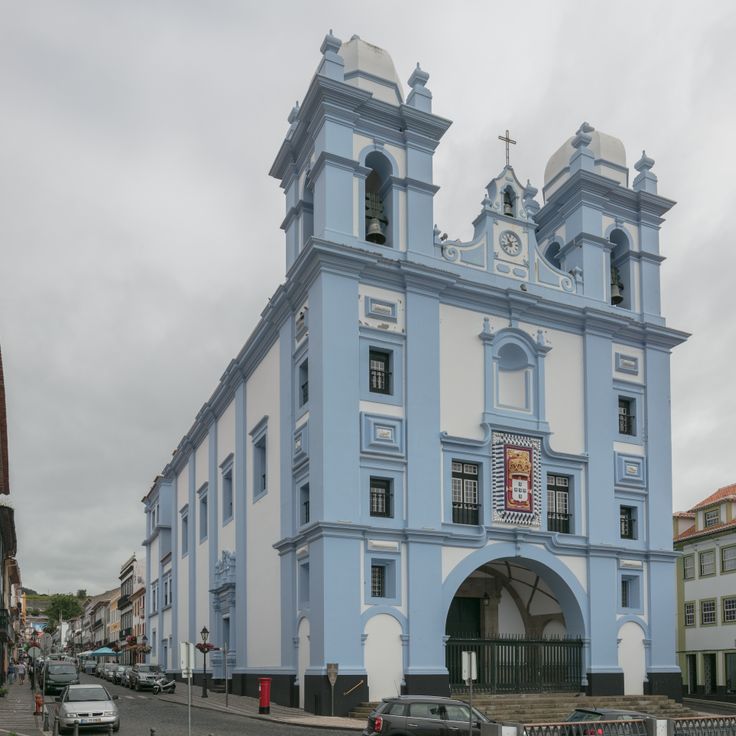
Angra do Heroismo, Terceira, Azores
Catholic temple built in the 16th century. The façade displays baroque embellishments and is part of the UNESCO-listed historic area since 1983.
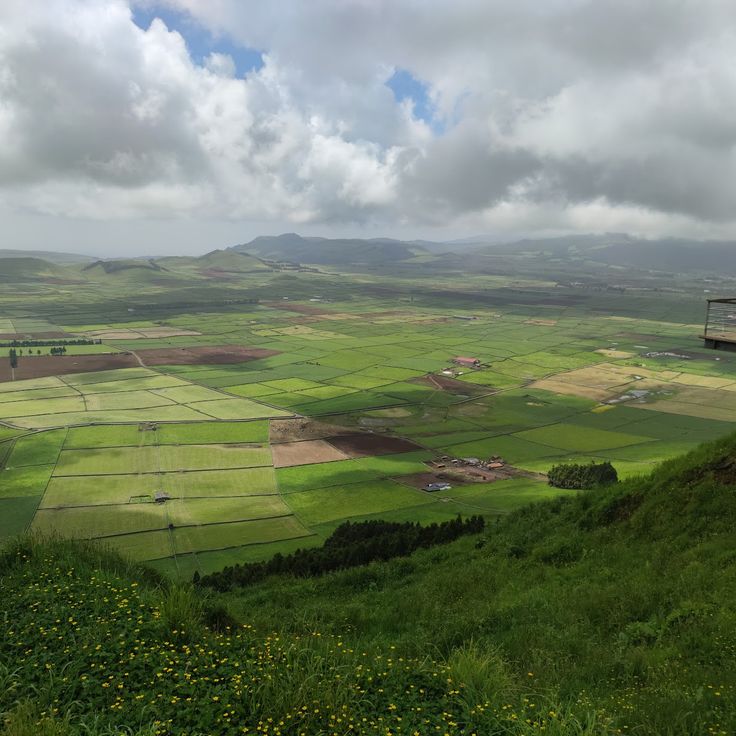
Terceira, Azores
Observation point at 545 meters above sea level overlooking agricultural areas divided by volcanic stone walls forming a grid pattern.

Flores, Azores
90 meters high waterfall flowing into a natural pool where swimming is allowed. A trail network leads to various viewpoints.
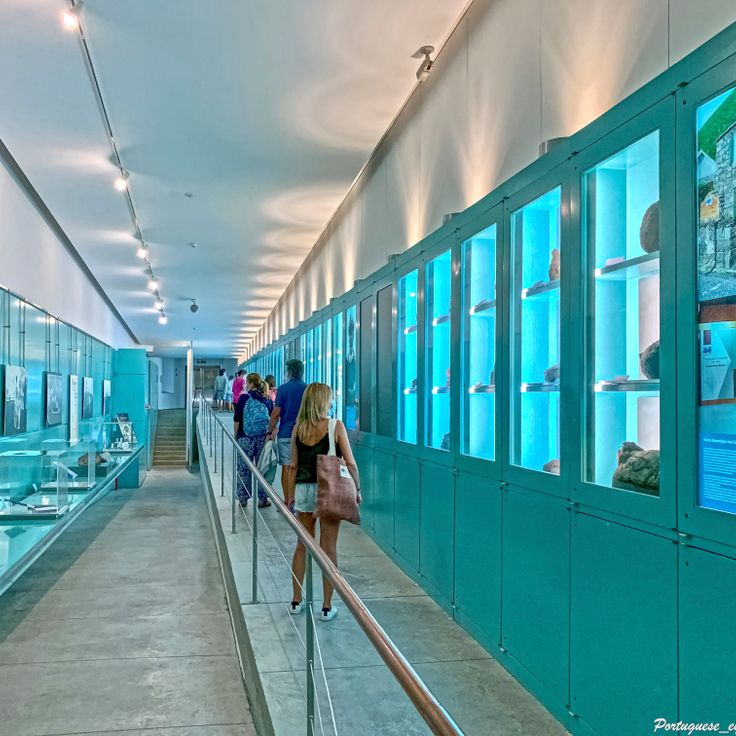
Faial, Azores
Volcanic formation emerged from the Atlantic Ocean after a 1958 eruption, creating a 2.4 square kilometer peninsula that altered Faial's western coast.
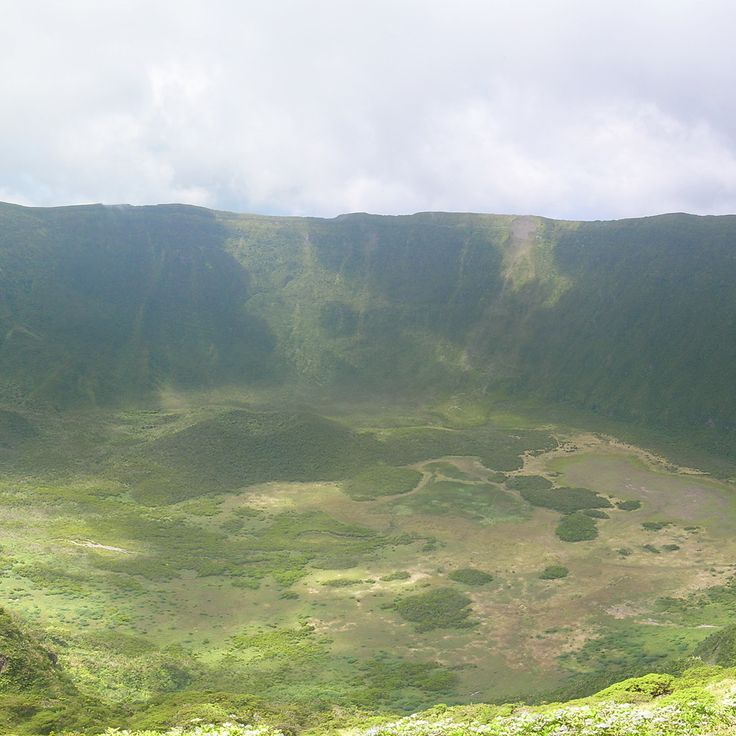
Faial, Azores
Natural crater 2 kilometers in diameter and 400 meters deep, located at the center of Faial island at 1043 meters altitude.
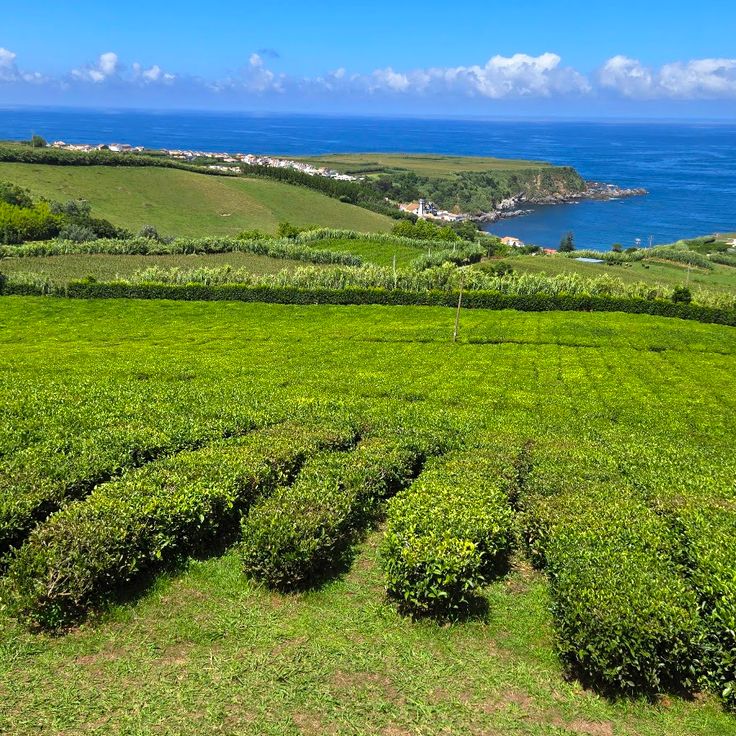
São Miguel, Azores
Agricultural operation founded in 1920 producing black and green tea using traditional methods. Tours include machine exhibits and tastings.
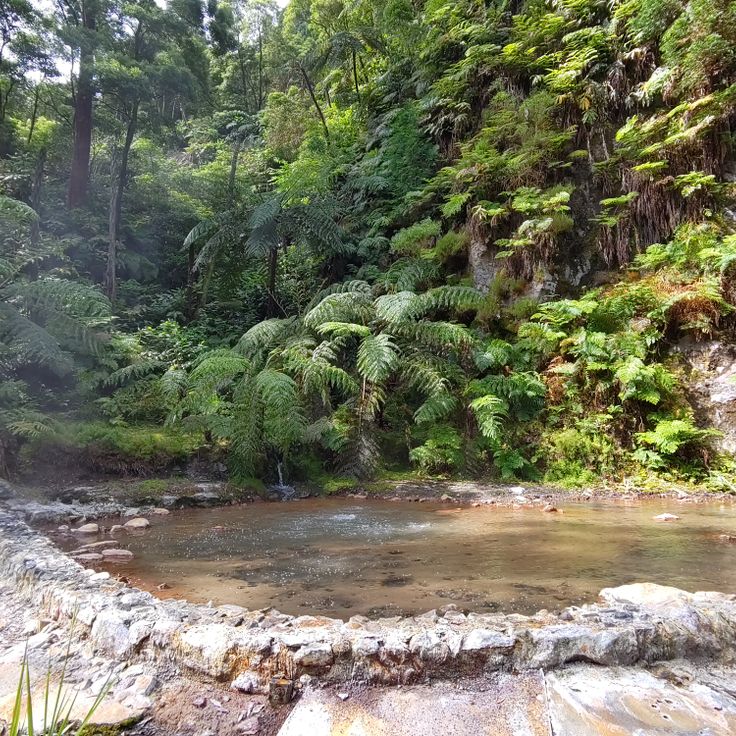
São Miguel, Azores
Natural thermal spring situated in a volcanic area with a hot spring pool and waterfall. Iron-rich waters reach 38 degrees Celsius.

Pico, Azores
Volcanic mountain reaching 2351 meters above sea level, Portugal's highest point. The cone forms on an ancient volcano.

Santa Maria, Azores
40 meters high waterfall in a valley surrounded by vegetation. A 500-meter marked trail leads from the main road to the base of the fall.
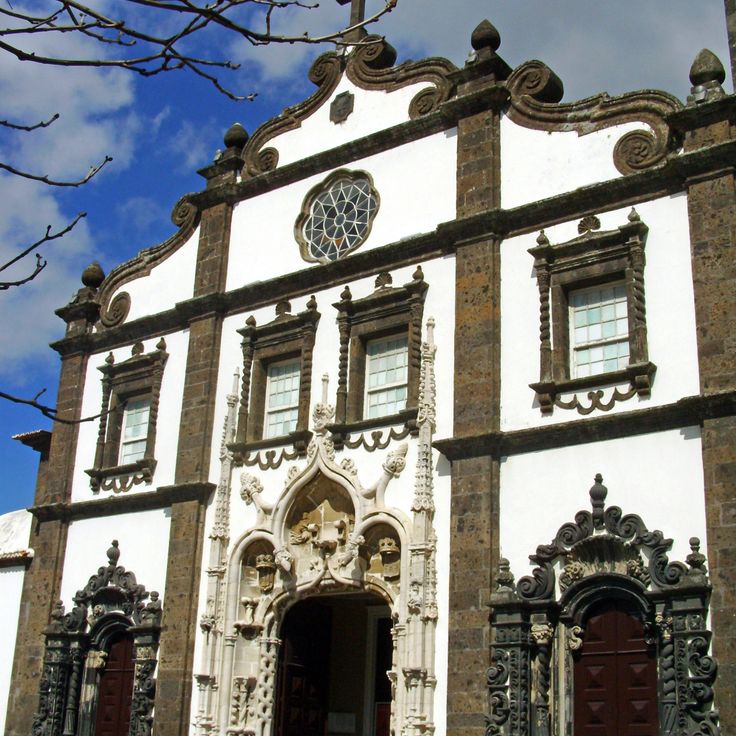
Ponta Delgada, São Miguel, Azores
16th-century religious building with a baroque façade, basalt stone carvings, and a gilded wood altarpiece.
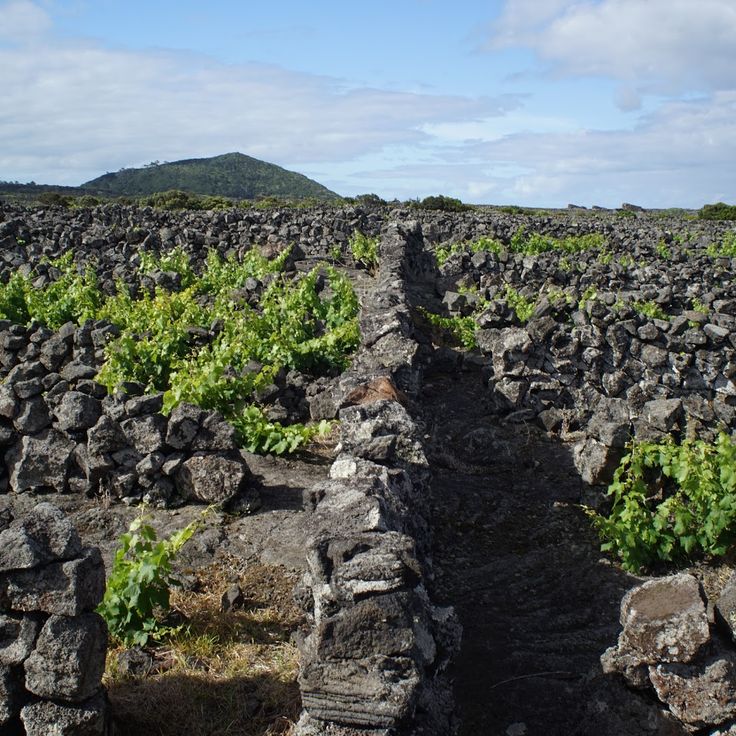
Pico, Azores
987-hectare agricultural landscape with vineyard plots separated by black volcanic stone walls since the 15th century.
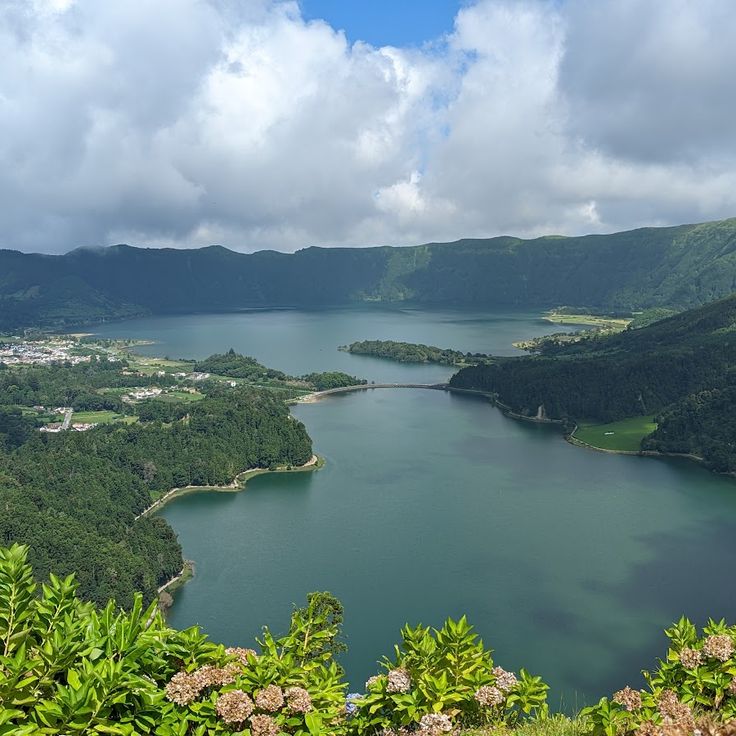
São Miguel, Azores
Observation point at 550 meters altitude offering views of the twin lakes of Sete Cidades and surrounding mountains.
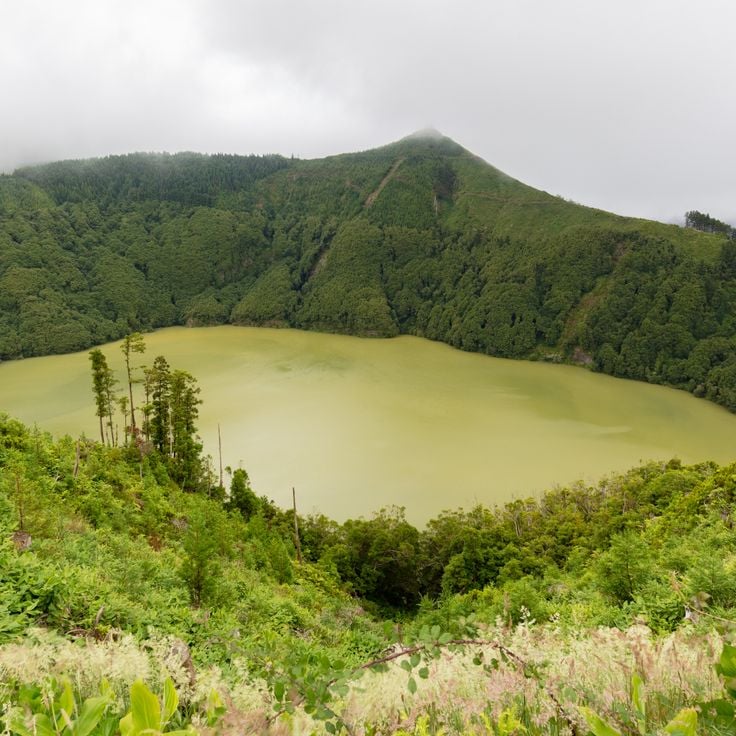
São Miguel, Azores
Volcanic lake formed in a crater near the Sete Cidades massif. Crater walls are covered with vegetation. Trails lead to the lake's edge.
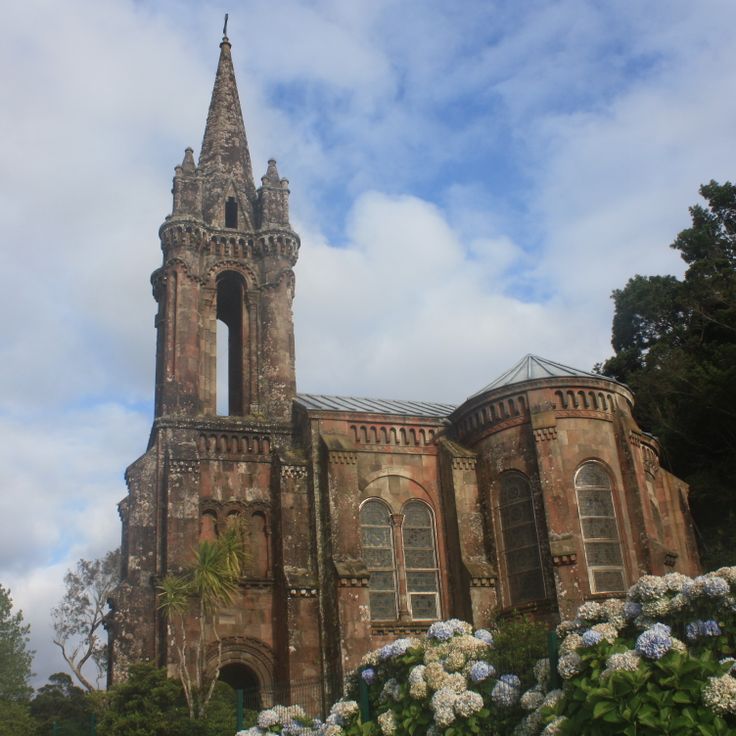
Furnas, São Miguel, Azores
Religious building constructed in 1886 with black basalt stones, showcasing neo-Gothic style, located at the edge of Furnas Lake.

São Miguel, Azores
40 meters high waterfall located near a hydroelectric plant. An access path winds through dense fern vegetation.
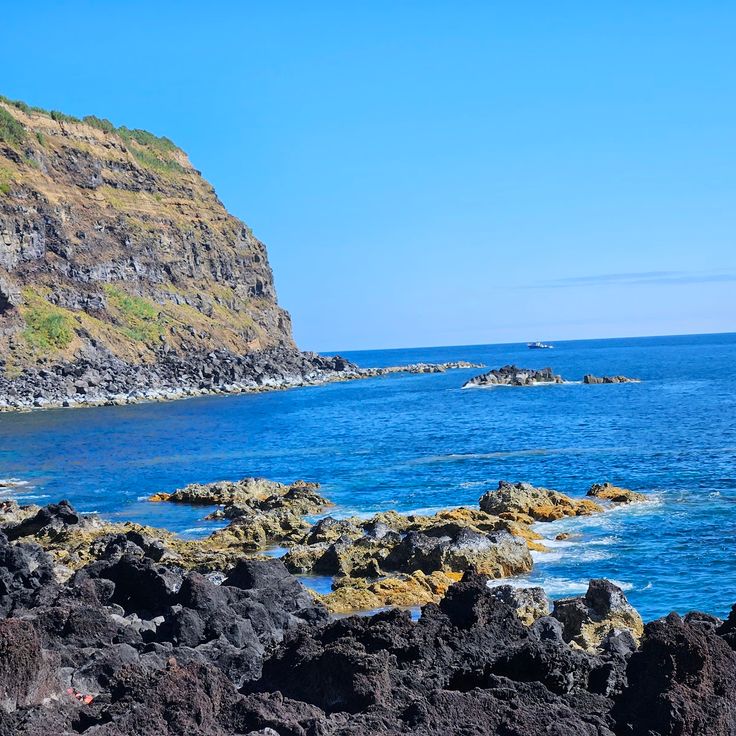
São Miguel, Azores
Thermal spring located on a rocky headland where natural warm waters mix with the cold Atlantic Ocean according to tide schedules.
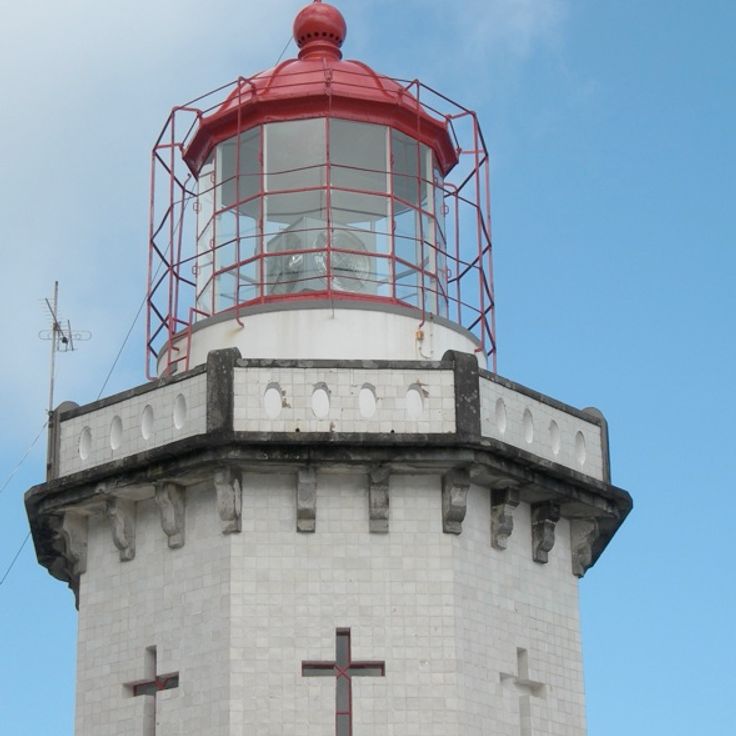
São Miguel, Azores
White stone lighthouse situated 50 meters above the ocean, built on the northeast point of São Miguel. Accessible via a staircase of 242 steps.
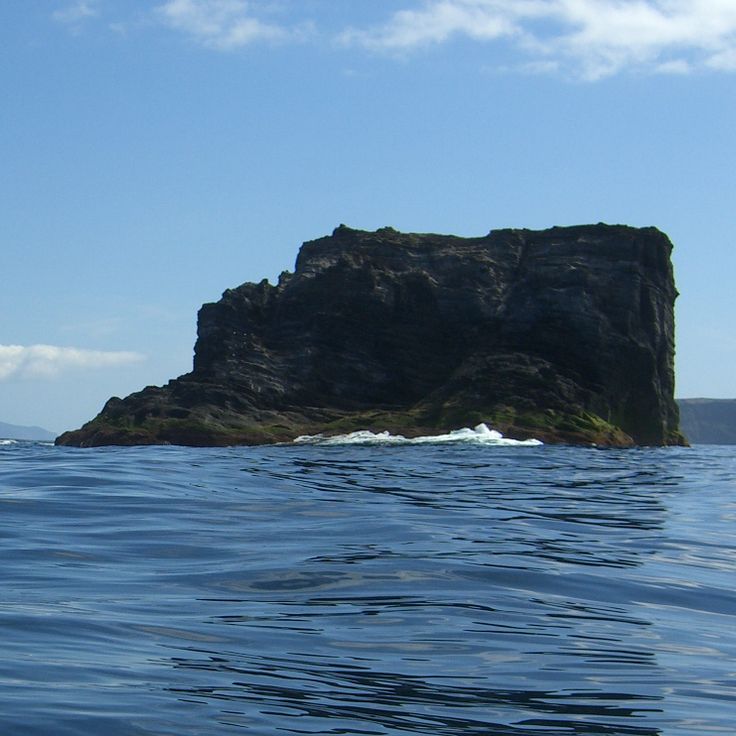
Flores, Azores
Basaltic rock in the Atlantic Ocean, forming Europe's westernmost point. It is located 2 kilometers from the Flores coast, at 31 meters altitude.
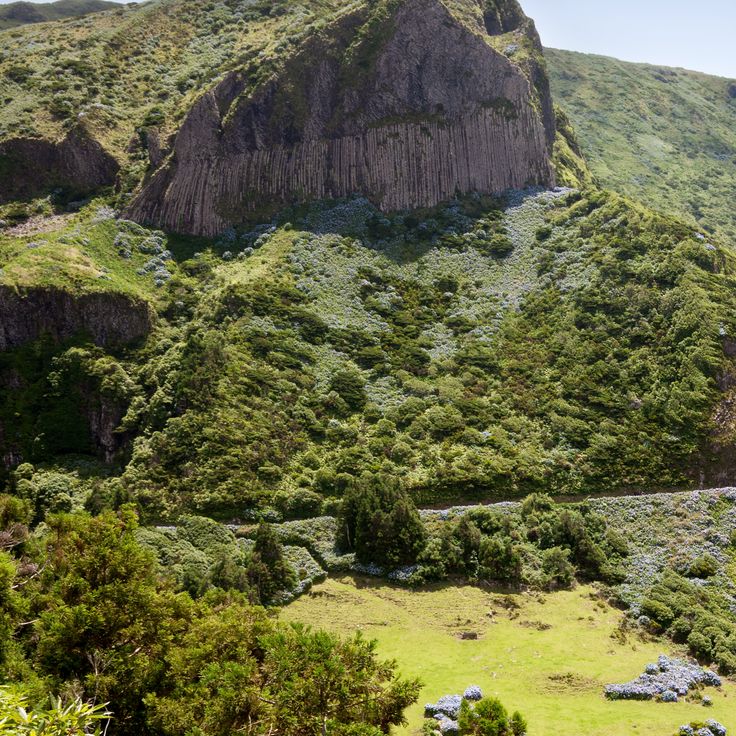
Flores, Azores
20 meters high basalt columns forming natural organ-like structures on a hillside. Cooldown of lava created these hexagonal shapes.
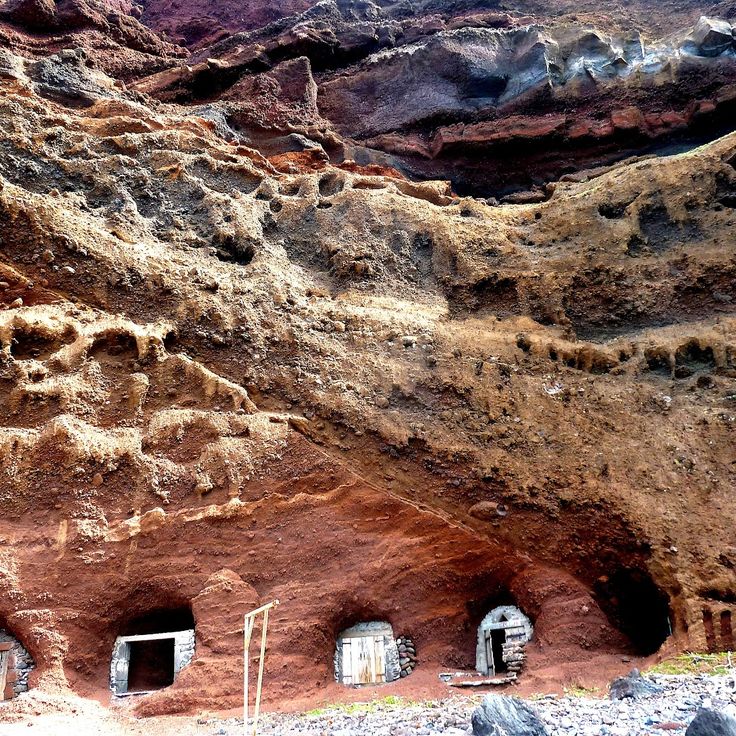
Graciosa, Azores
Historic fishing port with several grottos carved into ochre cliff walls. These natural cavities were used as storage for boats and fishermen's tools.

Azores
Open sea diving site located 150 kilometers south of Flores, known for its currents and marine diversity.